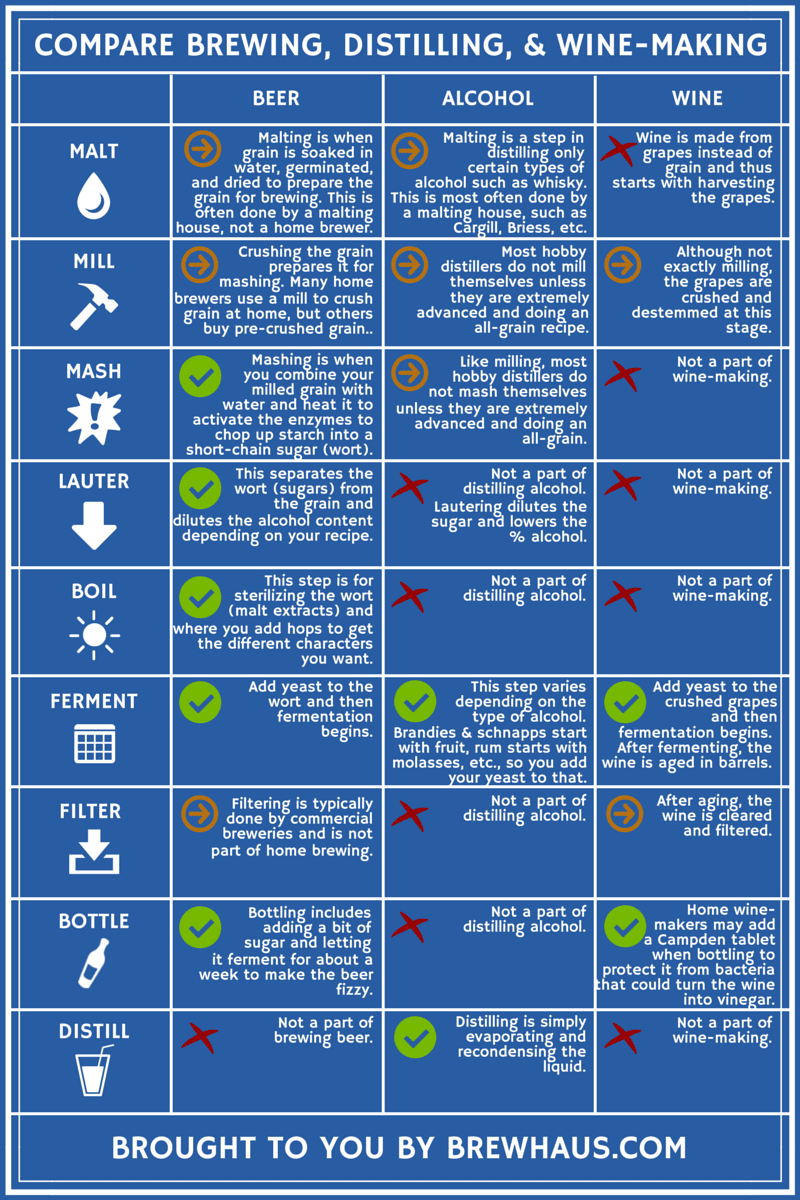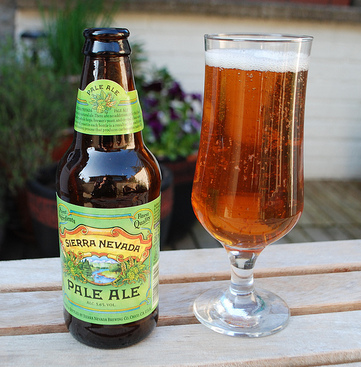Behind-the-Scenes at a Distillery in Galveston: Tours and Tastings
Behind-the-Scenes at a Distillery in Galveston: Tours and Tastings
Blog Article
Unlocking the Mysteries of Distillery Processes: A Detailed Introduction
Within the realm of distillery procedures lie intricacies that commonly continue to be veiled to the informal onlooker. As we venture right into the midsts of spirit aging strategies and the precision of high quality control actions, a tapestry of flavors and scents arises, shaped by time-honored customs and cutting-edge techniques.
The Art of Mashing and Fermentation
In the distillery procedure, the art of mashing and fermentation plays a vital function in transforming raw materials into the first phases of alcohol manufacturing. Mashing entails the procedure of damaging down the starches in grains like barley, rye, or corn, into fermentable sugars.
As soon as the wort is created, fermentation comes into play. Yeast, a principal in this stage, is included in the wort to start the fermentation process. Yeast consumes the sugars in the wort, generating alcohol and carbon dioxide as byproducts. This transformative procedure usually takes a number of days to complete, relying on the preferred alcohol content and flavor profile.
Mashing and fermentation are complex processes that establish the structure for the alcohol that will become distilled and aged to produce a final item with unique qualities and tastes.
Recognizing the Distillation Process
Among the critical stages in the production of alcohol includes comprehending the purification process. Distillation is an approach utilized to different alcohol from the fermented fluid, commonly via home heating and cooling down processes. Throughout distillation, the fermented fluid is heated in a still, creating the alcohol to vaporize at a lower temperature level than water because of its lower boiling point. The vapor is after that collected and cooled back right into fluid type, causing a more concentrated alcohol web content.

Recognizing the distillation procedure is important for distillers to regulate the top quality, toughness, and preference of the alcohol being created. By mastering the art of distillation, distilleries can develop a wide variety of spirits with distinct features that appeal to different consumer preferences.
Tricks of Spirit Aging Techniques
Discovering the ins and outs of spirit aging strategies unveils the concealed artistry behind the advancement of nuanced tastes and fragrances in distilled beverages. The aging procedure is a crucial phase in the manufacturing of spirits, where the liquid engages with the oak barrels, soaking up compounds that enrich its account with time. One of the keys to effective aging hinges on the option of barrels. Distilleries usually use charred oak barrels, which give one-of-a-kind tastes to the spirit through a process of extraction and oxidation. The duration of aging is one more essential variable that distillers carefully control to accomplish the preferred preference account. Longer aging periods often tend to result in smoother, more complex spirits, while shorter periods may emphasize strong, younger attributes.
Additionally, the environmental site web conditions in which the barrels are saved play a substantial duty fit the end product. Fluctuations in temperature level and moisture can influence the rate of aging and the communications between the spirit and timber. Master distillers masterfully browse these variables to craft spirits with distinctive personalities, personifying the end result of time-honored traditions and innovative strategies.
Top Quality Control and Screening Methods
The thorough workmanship demonstrated in picking barrels and managing aging durations in the spirits production procedure underscores the essential relevance of strict quality assurance procedures and accurate screening methods (Breweries in Galveston Texas). Quality assurance in distilleries involves numerous stages to make certain that each set meets the wanted requirements. From basic material assessment to end product analysis, each action is essential in maintaining consistency and excellence
One crucial element of top sites quality control is sensory assessment, where trained specialists assess the scent, taste, and overall high quality of the spirits. Chemical evaluation methods such as gas chromatography and mass spectrometry are used to detect any type of contaminations or discrepancies from the wanted structure. Furthermore, physical examinations like thickness measurements and pH analysis provide more understandings right into the item's features.
To guarantee adherence to regulatory demands and inner standards, distilleries additionally conduct microbiological screening to check for any microbial contamination that could affect the product's safety and security and rack life. By applying durable top quality control and screening techniques, distilleries can promote their reputation for producing costs spirits continually.
Discovering Special Taste Mixtures

In the process of flavor infusion, the picked botanicals are included to the base spirit and delegated emaciate or steep for a given duration. This allows the alcohol to remove the flavors and important oils from the botanicals, causing a harmonious mix of preferences (Galveston Liquor). Distilleries may likewise utilize techniques like vapor mixture or basket infusion during distillation to give details flavors to the spirit
Additionally, some distilleries choose barrel aging or cask completing strategies to present added intricacy and depth to their spirits through communications with the timber. These approaches add to the development of distinct flavor accounts that appeal to a critical target market looking for book and remarkable alcohol consumption experiences.
Verdict
To conclude, the distillery refines involve complex actions such as mashing, fermentation, aging, purification, and flavor infusions. Quality control and testing approaches are critical in guaranteeing the last item meets standards. Recognizing the science behind these processes is vital for generating high-grade spirits. By unlocking the secrets of purification, distillers can produce flavorful and unique spirits that interest a broad array of consumers.
As we venture right into the depths of spirit aging techniques and the precision of top quality control steps, a tapestry of scents and flavors arises, formed by cutting-edge methods and classic traditions. Distilleries frequently make use of charred oak barrels, which pass on distinct tastes to the spirit through a procedure of extraction and oxidation.Making use of a diverse variety of botanicals and active ingredients, distilleries can craft one-of-a-kind taste infusions that establish their spirits apart in an affordable market. Breweries in Galveston Texas.In the process of taste infusion, the selected botanicals are added to the base spirit and left to macerate or steep for a specific period. Distilleries might likewise use techniques like vapor infusion or basket mixture throughout distillation to present details tastes to the spirit
Report this page